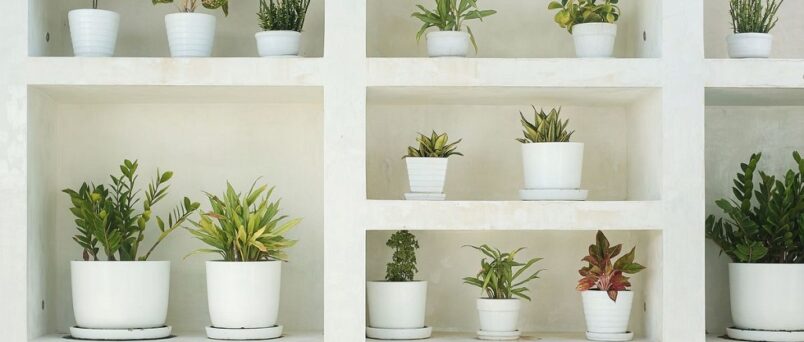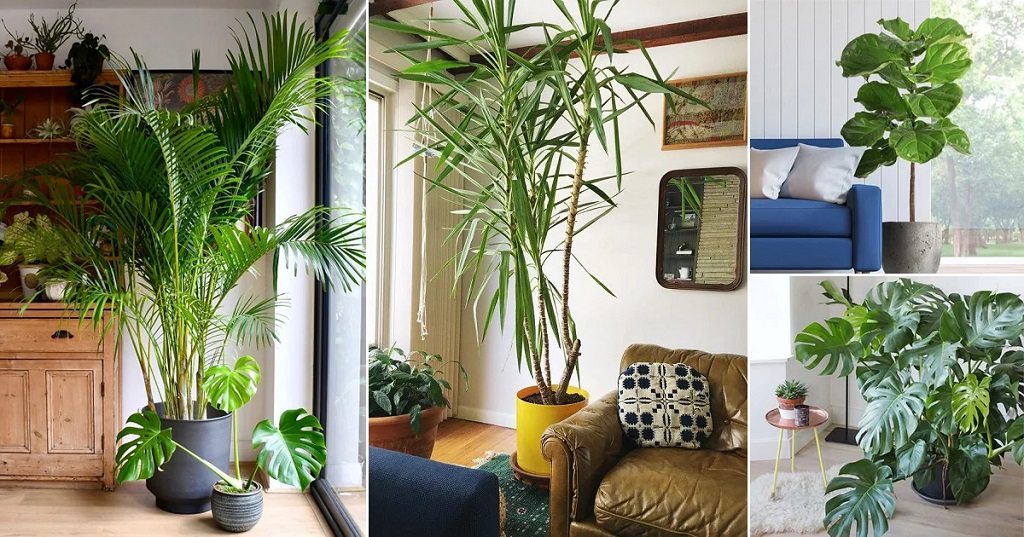When it comes to decorating and bringing life to your indoor space, there’s nothing quite like a beautiful indoor tree. Not only do they add a touch of elegance and serenity to your home or office, but they also come with numerous benefits, including better air quality, reduced stress levels, and improved focus. However, choosing the right indoor tree can be a daunting task, especially if you’re not familiar with the different types and their specific care requirements. In this guide, we will walk you through the process of selecting the perfect indoor tree for your space, considering factors such as size, light requirements, maintenance, and aesthetics.
Assess Your Space and Size Constraints
Before delving into the world of indoor trees, it’s crucial to assess your space to determine the size constraints you may have. When choosing an indoor tree, it’s important to consider the height and width of the area where you plan to place the tree, as well as the available floor or tabletop space. Keep in mind that some indoor trees can grow quite tall, while others are more compact and suitable for smaller spaces. If you’re looking for an indoor tree that can thrive in low light, make sure to add indoor tree low light to your search criteria to narrow down your options and choose a tree that fits perfectly into your environment.
Consider Light Requirements
Indoor trees, like most plants, have specific light requirements that must be met for them to thrive. Some trees prefer bright, direct sunlight, while others can tolerate lower light conditions. Before deciding on an indoor tree, assess the lighting conditions in your space. Take note of the direction the windows face and the amount of sunlight that enters the room throughout the day. Based on this information, you can select a tree that matches the light levels in your space. Here are a few examples:
- Ficus tree (Ficus lyrata): This popular indoor tree thrives in bright, indirect light but can also tolerate low light. It’s an excellent choice for spaces with moderate light levels.
- Rubber tree (Ficus elastica): The rubber tree can adapt to a wide range of light conditions, from bright, direct sunlight to low light. It’s a versatile choice that can thrive in different environments.
- Areca palm (Dypsis lutescens): This graceful palm tree prefers bright, indirect light but can tolerate lower light levels. It’s an ideal choice for spaces with ample natural light.
Evaluate Maintenance Requirements
Different indoor trees have varying maintenance requirements, so it’s essential to consider the level of care you’re willing to provide. Some trees require more attention, such as regular watering, pruning, and fertilizing, while others are relatively low-maintenance. If you’re a busy individual or a beginner in indoor gardening, opt for a tree with minimal care needs. Here are a few low-maintenance indoor trees:
- Snake plant (Sansevieria trifasciata): This sturdy tree is known for its adaptability and can thrive in various light conditions. It requires minimal watering and can tolerate neglect.
- ZZ plant (Zamioculcas zamiifolia): The ZZ plant is incredibly resilient and can survive in low light conditions with infrequent watering. It’s an ideal choice for those with a busy lifestyle.
- Peace lily (Spathiphyllum): This elegant tree purifies the air and blooms beautiful white flowers. It thrives in low to moderate light conditions and requires regular watering.
Consider Aesthetics and Decorative Value
Indoor trees not only bring nature indoors but also act as decorative elements that enhance the overall aesthetics of your space. Take into account your personal style and the atmosphere you want to create. Do you prefer a tree with large, glossy leaves, or one with delicate fronds? Consider the color and texture of the plant’s foliage, as well as the shape and height. Here are a few indoor trees known for their aesthetic appeal:
- Fiddle-leaf fig (Ficus lyrata): With its large, violin-shaped leaves, the fiddle-leaf fig is a trendy choice that adds a touch of elegance to any space.
- Norfolk Island pine (Araucaria heterophylla): This tall, pyramid-shaped tree features soft, feathery branches that resemble a miniature Christmas tree.
- Money tree (Pachira aquatica): The money tree is a symbol of good luck and fortune. With its braided trunk and glossy leaves, it adds a unique decorative touch to any room.
Conclusion
Selecting the ideal indoor tree for your space involves thoughtful contemplation of various factors, including the size of the area, lighting prerequisites, upkeep demands, and aesthetic preferences. By thoroughly assessing your available space, comprehending the natural light conditions, and honestly evaluating your capacity for plant care, you can confidently opt for an indoor tree that not only fits seamlessly into your surroundings but also resonates with your individual style. It’s advisable to delve into research about specific tree species to guarantee their compatibility with your lifestyle and the extent of involvement you desire. Oh, and when considering your options, remember that lemons take time to grow. With a well-chosen indoor tree, you have the opportunity to convert your space into a serene sanctuary, reaping the numerous benefits of incorporating nature into your indoor environment.
FAQs
- Can I keep an indoor tree in a room with limited sunlight?
Yes, there are several indoor trees that can thrive in low light conditions. Consider trees like the snake plant, ZZ plant, or peace lily, which are known for their ability to tolerate lower light levels.
- How often should I water my indoor tree?
The watering frequency for indoor trees varies depending on the specific tree species, the size of the pot, and the environmental conditions. As a general guideline, allow the top few inches of the soil to dry out before watering, and avoid overwatering, which can lead to root rot.
- Are indoor trees safe for pets?
While many indoor trees are safe for pets, some can be toxic if ingested. It’s essential to research the toxicity of specific tree species and keep them out of reach of curious pets. Consider pet-friendly options like the parlor palm or Boston fern.
- Can I prune my indoor tree to control its size?
Yes, pruning is an effective way to control the size and shape of your indoor tree. However, it’s important to research proper pruning techniques for the specific tree species to avoid harming the plant.
- Can I move my indoor tree outdoors during the warmer months?
Some indoor trees can be moved outdoors during the warmer months, but it’s crucial to acclimate them gradually to avoid shock. Be mindful of the specific light and temperature requirements of the tree and ensure the outdoor environment is suitable for its growth.


